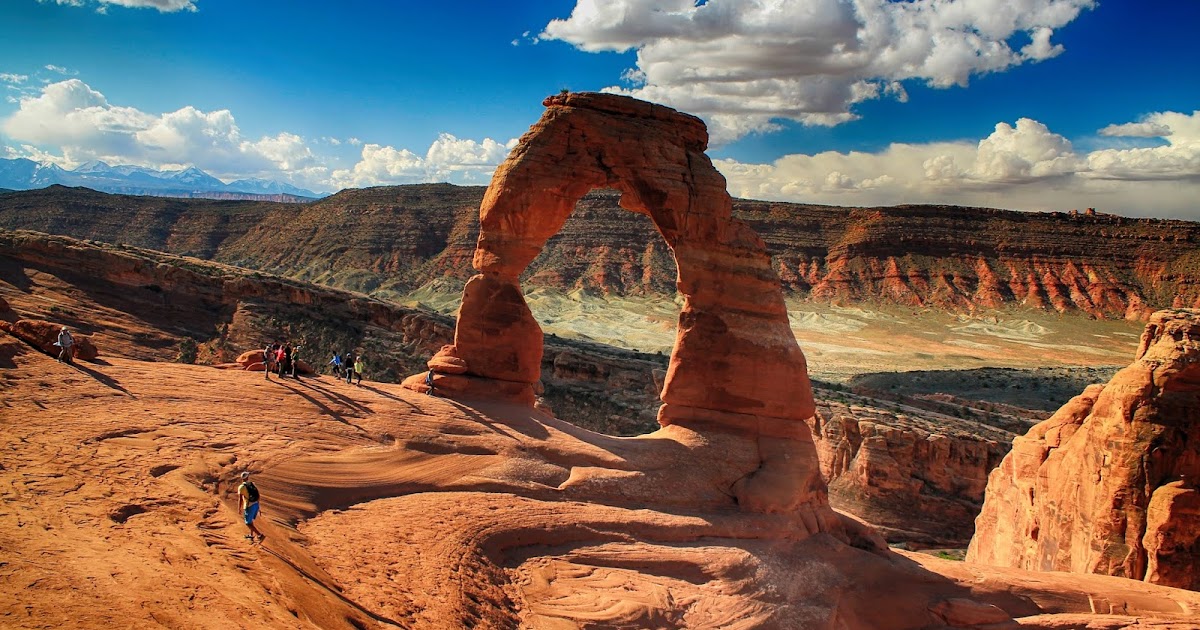Mysteries Of The Silent Sandstone Arches

Have you ever wondered how sandstone arches form in the middle of the desert? These natural wonders, like those found in Arches National Park, seem almost magical. Over millions of years, wind, water, and ice sculpted these stunning formations. The process starts with layers of sandstone, which are gradually worn away by erosion. As softer rock erodes faster than harder rock, arches begin to take shape. Eventually, gravity and weathering create the breathtaking structures we see today. Visiting these arches offers a glimpse into Earth's geological history and a chance to marvel at nature's artistry. Ready to learn more about these incredible formations?
Mysteries of the Silent Sandstone Arches
The world hides many wonders, but few are as captivating as the silent sandstone arches. These natural marvels, formed over millions of years, stand as testaments to nature's artistry. Let's explore some of the most awe-inspiring sandstone arches around the globe.
Arches National Park, Utah
Utah's Arches National Park boasts over 2,000 natural stone arches, each with its unique charm. This park is a must-visit for anyone fascinated by geological formations.
- Delicate Arch: Perhaps the most famous arch in the park, Delicate Arch stands alone on a rock face, offering stunning views, especially at sunset.
- Landscape Arch: This arch stretches over 290 feet, making it one of the longest natural arches in the world. Its thin, delicate structure seems almost impossible.
- Double Arch: A pair of arches that share a common end, creating a breathtaking spectacle. It's a favorite among photographers.
- Balanced Rock: While not an arch, this rock formation is equally impressive. A massive boulder balances precariously on a narrow pedestal.
Moab, Utah
Just a short drive from Arches National Park, Moab offers more sandstone wonders. This area is perfect for those who love adventure and exploration.
- Corona Arch: Known as the "Little Rainbow Bridge," this arch is accessible via a moderately challenging hike. Its impressive span and height make it a popular spot for photos.
- Bowtie Arch: Located near Corona Arch, Bowtie Arch is a smaller but equally fascinating formation. It resembles a bowtie, hence the name.
- Wilson Arch: Easily visible from the highway, Wilson Arch is a large, freestanding arch that offers a quick but rewarding stop for travelers.
Monument Valley, Arizona-Utah Border
Monument Valley's iconic red sandstone formations have been featured in countless films and photographs. The arches here add to the area's mystique.
- Ear of the Wind: This arch is named for its unique shape, which resembles an ear. It's a bit off the beaten path but worth the effort to visit.
- Moccasin Arch: This lesser-known arch is hidden within the valley's vast landscape. Its shape and location make it a hidden gem.
- Teardrop Arch: As the name suggests, this arch has a teardrop shape. It's a favorite among photographers for its unique silhouette against the sky.
Canyonlands National Park, Utah
Canyonlands National Park offers a rugged, untamed landscape filled with canyons, mesas, and, of course, arches. Each arch here tells a story of erosion and time.
- Mesa Arch: Perched on the edge of a cliff, Mesa Arch provides a stunning frame for the landscape below. Sunrise is the best time to visit for breathtaking views.
- Druid Arch: This arch requires a challenging hike to reach, but the reward is worth it. Its unique shape and remote location make it a true adventure.
- Whale Rock: While not an arch, Whale Rock is a fascinating formation that resembles a giant whale. It's a fun climb for those looking to explore.
Bryce Canyon National Park, Utah
Bryce Canyon is famous for its hoodoos, but it also features some incredible sandstone arches. The park's unique landscape offers a different perspective on these natural wonders.
- Natural Bridge: This arch is actually a natural bridge, formed by the forces of erosion. It's a stunning sight, especially when viewed from above.
- Fairyland Arch: Located in the Fairyland Loop, this arch is surrounded by the park's iconic hoodoos. It's a magical spot that feels like stepping into another world.
- Wall of Windows: This formation features multiple arches and openings, creating a wall of windows. It's a unique and beautiful sight.
Zion National Park, Utah
Zion National Park is known for its towering cliffs and deep canyons, but it also hides some incredible arches. These formations add to the park's dramatic scenery.
- Kolob Arch: One of the largest freestanding arches in the world, Kolob Arch is a must-see. It's a challenging hike to reach, but the view is unforgettable.
- Crawford Arch: This arch is visible from the park's main road, making it an easy stop for visitors. Its location high on a cliff adds to its allure.
- Hidden Canyon Arch: As the name suggests, this arch is tucked away in Hidden Canyon. It's a bit of a climb to reach, but the secluded beauty is worth it.
Embracing the Beauty of Silent Sandstone Arches
Silent sandstone arches hold a unique charm. Their quiet presence speaks volumes about nature's artistry. Visiting these natural wonders offers a chance to connect with the earth's history. Each arch tells a story of time, wind, and water. Exploring them can be both peaceful and awe-inspiring.
Whether you're an avid hiker or just love scenic views, these arches provide a perfect backdrop. Capture stunning photos, enjoy a serene hike, or simply marvel at their beauty. Remember to respect the environment and leave no trace.
Silent sandstone arches are more than just rock formations. They are a testament to nature's power and patience. Plan your visit, take in the sights, and let the arches inspire you. Their silent beauty will leave a lasting impression.

